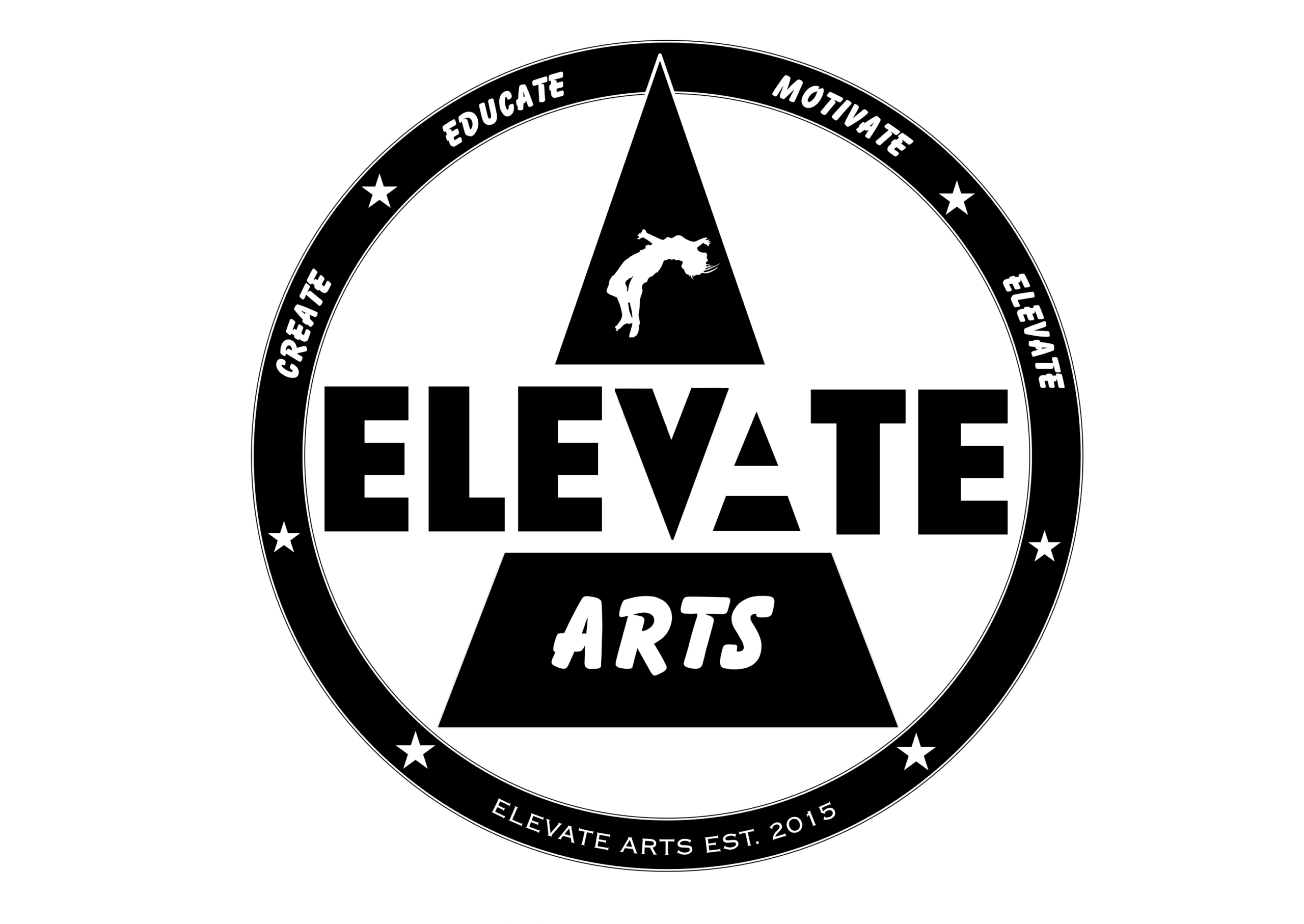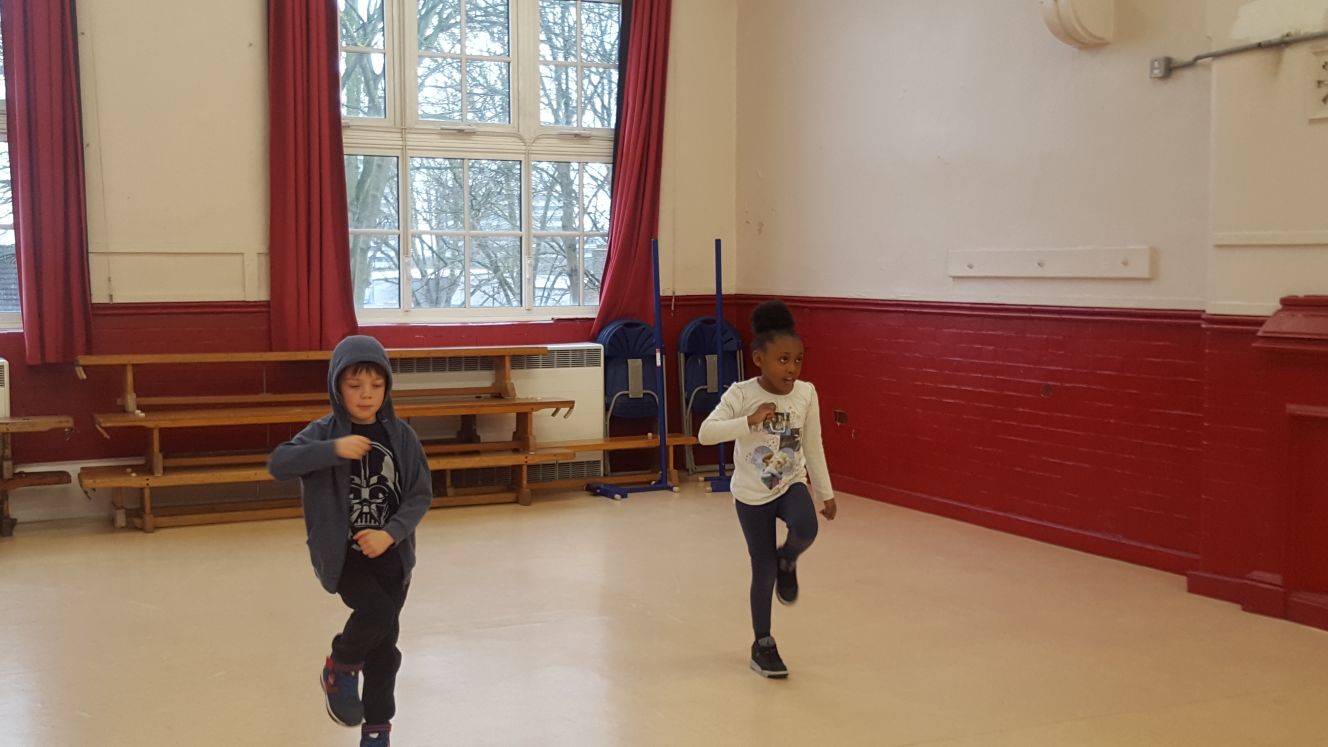Have you heard the words “texture” and “dynamics” in dance? Essentially, they are the same thing. Textures/dynamics are how you accentuate the music and match the changes and flow of the song, as well as adding a performance aspect to a piece.
Think about different materials. You have smooth, rough, silky, spikey, rigid, flowing, dry, wet, light, heavy, solid, soft, etc. Now think in terms of textures/dynamics in relation to dance, we can apply these words to our movement to give it variation and keep our dancing interesting. See below for some tasks which will help you start to explore textures/dynamics:
Task 1:
Choose 1 foundation move you know quite well. Now make a list of as many textures/dynamics you can think of. Explore how you can perform that one move using each word on your list.
Play around with different foundation moves, doing the same for each one.
Task 2:
Now choose a music track. Try to find one that has a variety of sounds (instruments) that you can pick out. Choose 1 foundation move which you explored earlier and now try to freestyle with this move in relation to the music. Maybe the music has a hard-hitting snare so your movement becomes staccato, then you hear some strings coming in and your movement then becomes flowing. The textures/dynamics you use all depend on your interpretation on how you hear the music and wish to portray that to your viewer.
Explore a variety of movements to the same track
Task 3:
Now try to use a variety of movements, exploring textures/dynamics in relation to the music. Think especially about your transitions between movements A and B. How can you incorporate different textures/dynamics in these transitions?
Play around with different genres of music, different tempos, different feels. How does this change the way you use textures/dynamics?
Dancers are physical interpretations of music and textures/dynamics allow people to see the music more clearly. Working on your textures/dynamics will not only help with your movement quality, but also your musicality as you try to work out what textures/dynamics work well with each sound. Having a strong knowledge and an ability to demonstrate a variety of textures/dynamics in relation to the music will take you from a good dancer to a great dancer.
How did you get on with the above tasks? What did you discover? Let us know in the comments!

